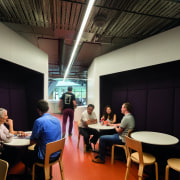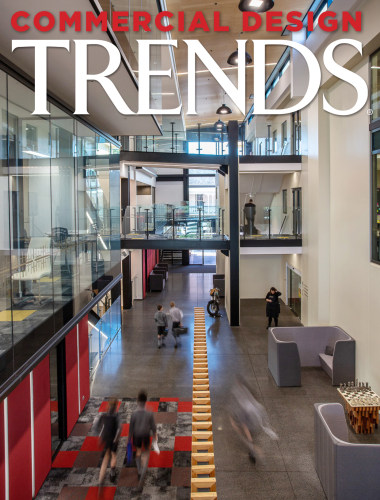New campus gateway building has distinct form for each of its two main functional requirements
With its X-shaped arrangement for workspaces and box-like form of the research laboratories, the new Synergy building makes an active contribution to organisational changes CSIRO was implementing
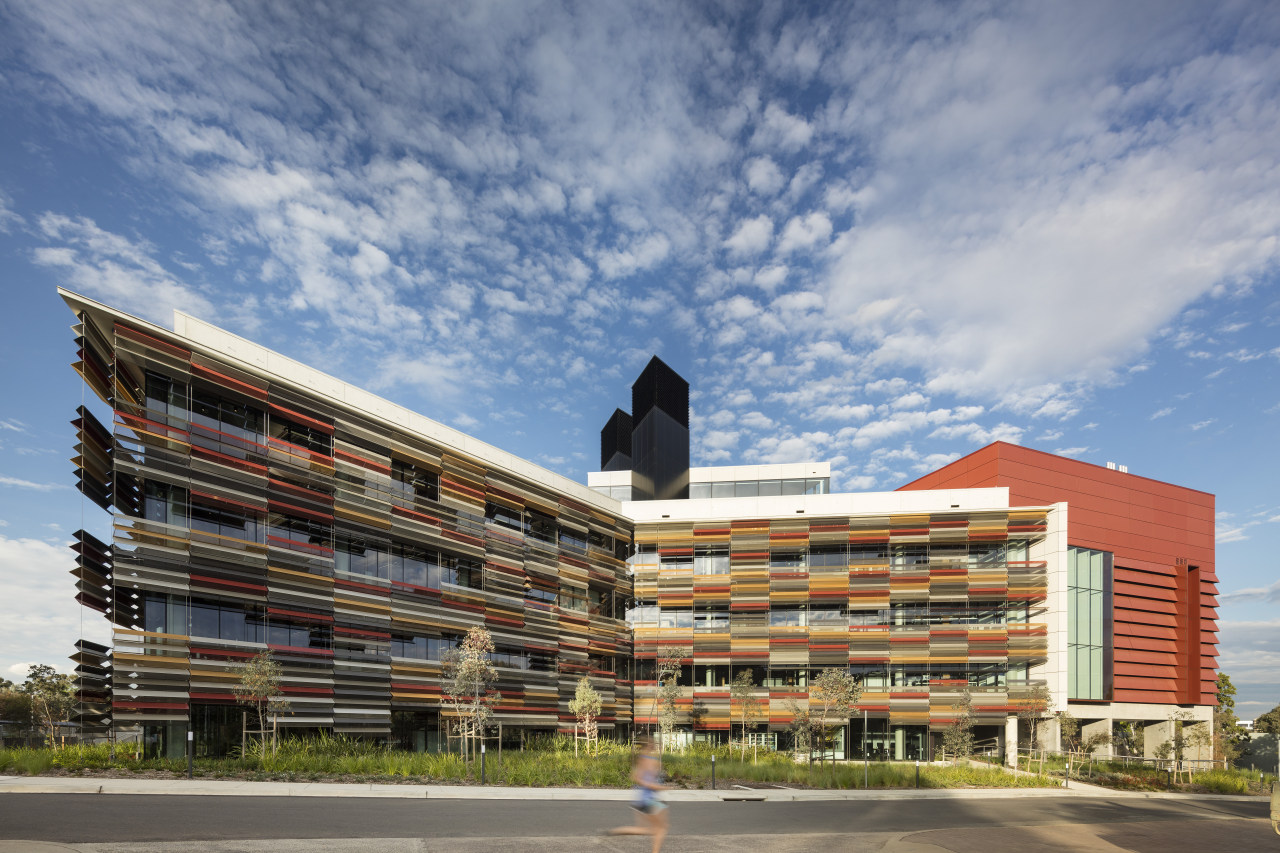
While there are a number of obstacles that have to be overcome when a company or other entity wants to implement organisational change, one of these may be particularly difficult to resolve says architect Julian Ashton, principal at BVN Architecture.
“So often you get a push for organisational change, yet the building the organisation occupies won’t provide the mechanism to do that,” he says.
But the opposite could be said for Synergy, a building BVN designed for CSIRO’s Black Mountain campus overlooking Canberra.
“During the development of Synergy, CSIRO went through a transformational organisational phase that called for greater visibility and transparency, and workplaces that were highly collaborative."
The 15,000m² Synergy was to house a large number of people previously working in traditional office space in satellite buildings. And this meant bringing together two quite distinct functions – complex laboratory spaces and workplace areas – into one building.
“The name Synergy is very apt, as the building needed to accommodate these disparate elements. A lot of the conversation and discussion about the building was around the interplay between the two – having the junction between them highly visible, highly engaged and highly interactive.”
On top of that, the 4000m² corner site was very much at the centre of the campus, so Synergy was to be a gateway building, establishing a public interface with the campus.
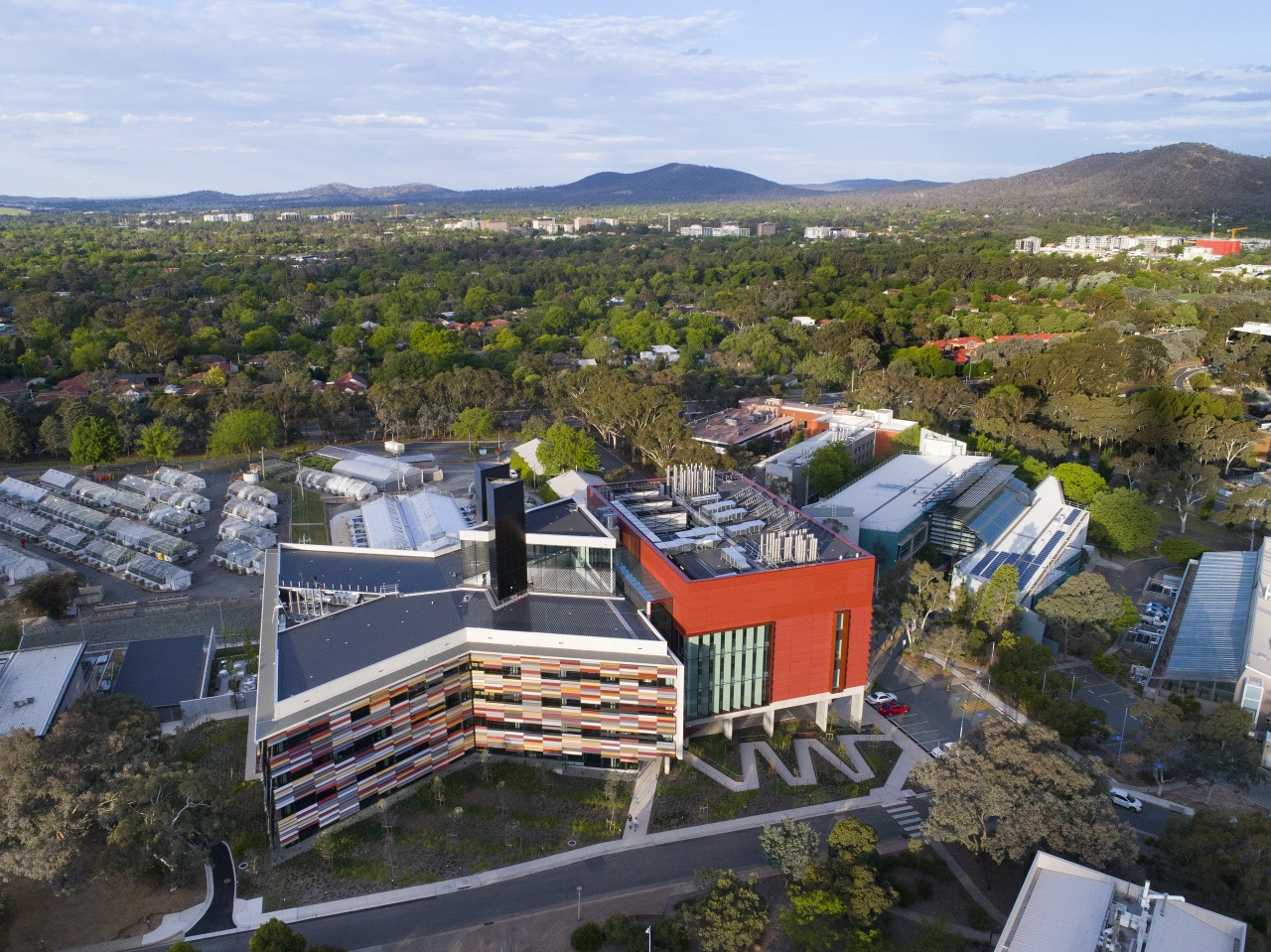
BVN’s resolution of this complex set of demands, was to create a strikingly different form for each of the two functional space requirements – an X-shaped building for workplaces and a box form for the research laboratories.
The laboratory building is clad in Equitone fibre cement panels in a red oxide colour, and includes a 3-storey high glazed section that makes research activities visible to passers-by.
“It’s quite deliberate that the workspace form is different to the research space,” says Ashton. “The X-shape allows almost 360° views over the Black Mountain region, along with maximum penetration of daylight into the interior. The geometry creates a series of neighbourhoods or clusters within the internal open planning.”
The X-shape also provided the opportunity to create a connection that gave a high degree of transparency between the two functional spaces. This was achieved by placing an atrium between the legs of the X close to the research space, and then glazing the internal walls of the laboratories.
Stairs and ramps winding through the atrium provide the main circulation pathway through the four workplace floors, while also providing opportunities for bump meetings.
“At the centre of the X is where the kitchenette and amenities for each floor were placed, while there are meeting rooms and communal spaces positioned on the other side of the X,” says Ashton.
But while transparency and visibility between the two functional spaces were requirements, there also had to be a high degree of isolation between them to meet the government’s Physical Containment 2 (PC2) certification standards.
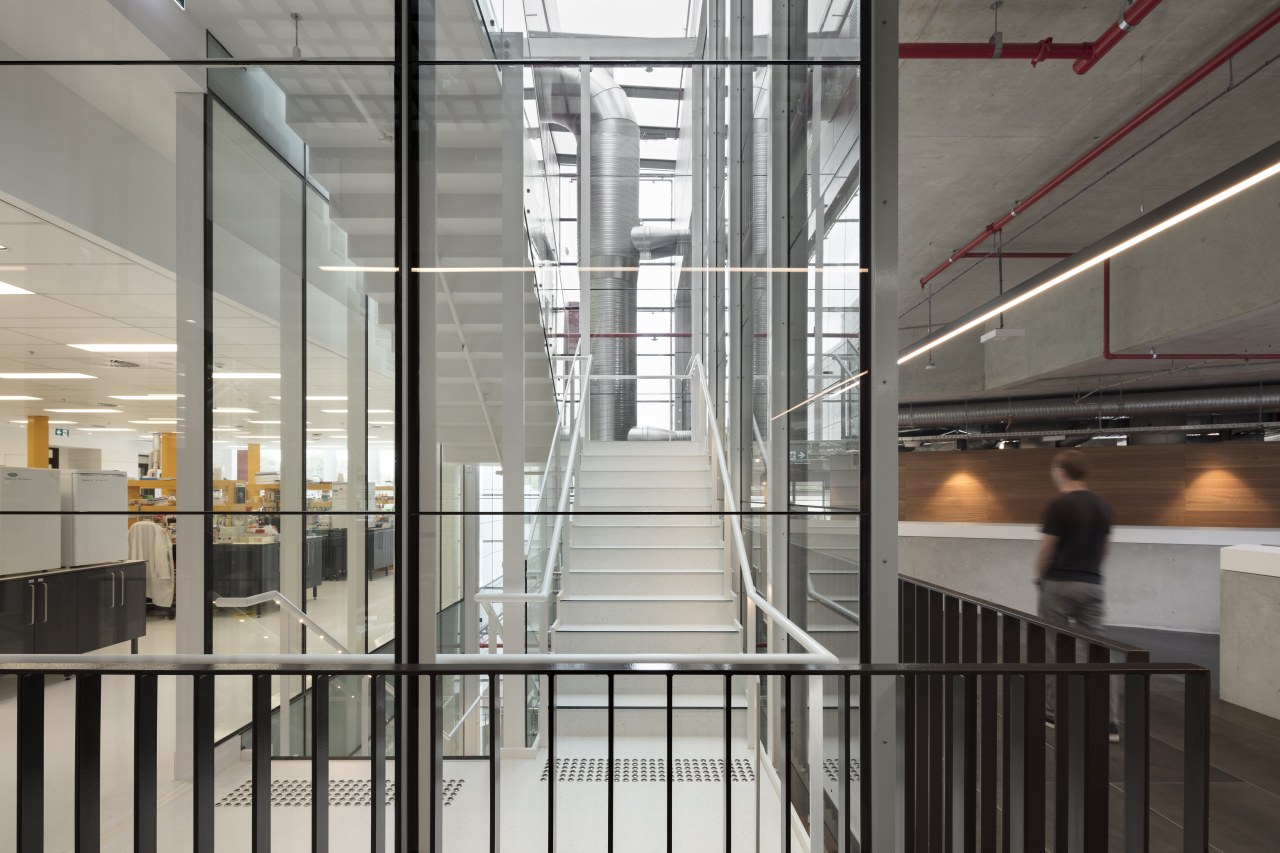
This was achieved by inserting dedicated stairs inside an enclosed link atrium placed alongside the main atrium, so that laboratory staff could move between floors in the research building without having to go through security protocols.
“We were able to make that a highly transparent glazed space, which is probably one of the first times that has been done, particularly within Australia, because there are a lot of regulations around that, and around what materials you can have and the airflow movement that can occur.
“But we worked closely with the regulatory authorities to enable us to do that because we thought it really important for people to see the movement of researchers up and down the stairs.”
It was also important that the building embodied the ESD role within CSIRO.
The most visible manifestation of this are the two black thermal chimneys above the main atrium, which allow the building to be naturally ventilated. Windows and louvres are linked into the building management system and open up in the right conditions. And as the chimneys heat up, they will then draw air through the building.
Ashton says the overall design of the building helped enable the transformational change CSIRO wanted to implement.
“They came from an environment with a lot of silos hidden away,” he says. “We turned that on its head so the science became highly visible, while at the same time making sure the building worked really well as a research space.”
Credit list
Architecture/Interior
Project manager
Structural/façade engineer
Civil/traffic/electrical/security/comms/acoustic/fire
BCA/fire engineering
Landscape designer
Construction manager/builder
Mechanical/ESD
Hydraulic
Accessibility
Story by: Paul Taylor
Photography by: John Gollings
Home kitchen bathroom commercial design
Commercial Design Trends Vol. 34/2C
Whether you’re travelling for work or pleasure, your hotel experience can either make or break your trip. Our market rep...
Read More








